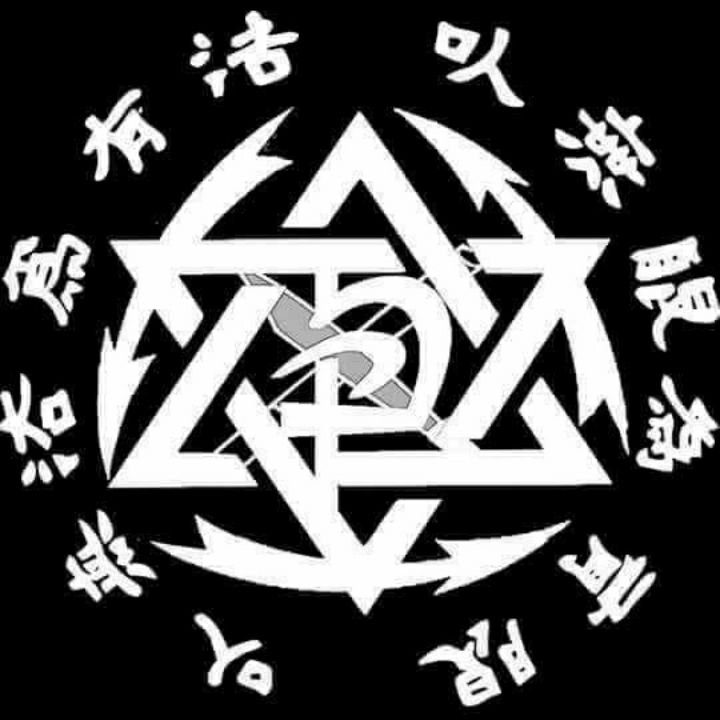Responding to Aggression: Matching Energy in Self-Defense Utilitizing the Proper Use of Force Escalation
- Sifu Jeramiah Giehl

- Mar 4
- 4 min read
In the realm of martial arts, effective self-defense transcends physical techniques—it demands an acute understanding of human behavior and the ability to match an attacker’s energy appropriately. Drawing from concepts that I learned through my brief experience in Ninjutsu and expanded through various martial arts disciplines I've trained, the principle of matching energy provides a framework for adapting to an opponent's emotional state and aggression level. This approach not only neutralizes threats effectively but also emphasizes using the minimum force necessary to resolve a confrontation.
The elements of using and adapting to energy that can be found in many Martial Arts. While training in Toshin Do / Tai Jitsu (a modern adaptation of Ninjutsu), I encountered a profound way of interpreting self-defense techniques through the lens of the four elements: Earth, Water, Fire, and Air. Each element symbolizes a specific energy and response style, allowing practitioners to adapt their techniques based on the attacker’s behavior and the situation's dynamics.
Earth: Facing Aggression with Stability and Strength: When confronted with an enraged and forceful attacker, embodying the energy of Earth becomes vital. Grounded techniques focus on stability, control, and overwhelming force. For instance:
Grounding through stances: Strong stances like the horse stance provide a stable base for power generation.
Heavy, impactful strikes: Techniques reminiscent of Muay Thai’s powerful strikes or Judo’s sweeping throws embody the weight and use the force of Earth to teach them the power of gravity.
Neutralizing aggression: Leg sweeps and grounded fighting techniques in Silat can disrupt an attacker’s balance, allowing the defender to neutralize aggression effectively.
By matching the attacker’s intensity with firm and grounded responses, you assert control and subdue the threat decisively.
Water: Flowing with Unpredictable Movements: For example dealing with an intoxicated or erratic individual may require fluidity and adaptability. Water-based techniques emphasize fluidity and redirection, minimizing risk to both the defender and the aggressor. Key principles include:
Redirection of energy: Techniques like Uki Goshi (floating hip throw) and Deashi Harai (advanced sliding foot sweep) allow defenders to guide an attacker’s movements without resistance.
Evasive maneuvers: By blending with the attacker’s unpredictability, you can create openings for joint locks or takedowns, neutralizing their erratic energy safely.
Water embodies adaptability, offering a way to control unpredictable scenarios without unnecessary escalation
Fire: Swift and Decisive Responses to Sudden Aggression: When facing sudden outbursts of aggression, the energy of Fire calls for explosive, swift responses. This style focuses on speed and intensity to overwhelm the attacker before they can regain control.
Rapid strikes: Techniques like Wing Chun’s straight blast or Krav Maga’s hammer fists deliver quick, successive blows to disarm and disable.
Explosive counters: Moves like the Gyaku Zuki (reverse punch) or a well-timed Chudan Uke (middle block) channel explosive force to stop an attack in its tracks.
Fire embodies the urgency needed in high-stakes situations, ensuring the defender acts before the situation spirals further.
Air: Speed and Deception to Outsmart the Aggressor: When faced with a nimble or highly unpredictable opponent, Air-based techniques prioritize speed, evasion, and deceptive movements.
Shadow-like maneuvers: Techniques like Kage Nuki (shadow evasion) utilize quick footwork to create openings and avoid direct confrontation.
Precision and finesse: Strikes and counters delivered with precision exploit the opponent’s vulnerabilities without requiring brute force.
Air highlights the importance of agility and strategy, offering a way to outmaneuver even the most unpredictable threats.
The principle of matching energy is not confined to a single martial art. It extends across disciplines, each offering unique techniques that align with specific energy responses, for example:
Jeet Kune Do: Bruce Lee’s philosophy of interception and simplicity focuses on using the most efficient technique for any given situation.
Panantukan (Filipino boxing): A brutal, close-range style, Panantukan emphasizes limb destructions, grappling, and "dirty boxing" techniques.
Wing Chun: Efficient and direct, Wing Chun intercepts attacks and counters with precise strikes.
Silat: Known for its fluid, dance-like movements, Silat seamlessly transitions between graceful evasions and devastating strikes.
JuJutsu: Perfect for redirecting momentum through throws and joint locks, Jujutsu is ideal for controlling aggressive opponents.
An essential principle in self-defense is the proper use of force escalation. Responding with the minimum force necessary to neutralize a threat ensures that the defender remains within ethical and legal boundaries. For instance:
De-escalation first: Whenever possible, verbal and non-violent techniques should precede physical responses.
Appropriate use of force: A restrained joint lock for a drunk uncle versus a decisive counterstrike for a violent assailant exemplifies proper escalation.
Scaling down: If the threat diminishes, so should your response.
This approach ensures that defenders maintain control, avoid unnecessary harm, and adhere to the principle of proportionality.
Effective self-defense is about more than mastering individual techniques; it’s about understanding the energy of a situation and responding appropriately. Whether it’s meeting aggression with grounded stability, flowing with unpredictability, countering with explosive speed, or outmaneuvering with agility, the principle of matching energy equips martial artists to adapt to any scenario. By adhering to the proper use of force escalation, practitioners can neutralize threats effectively, ethically, and safely—turning every confrontation into an opportunity for measured response and control.

Comments